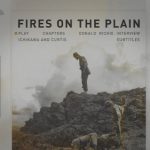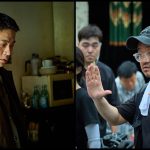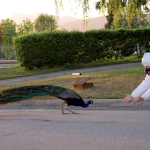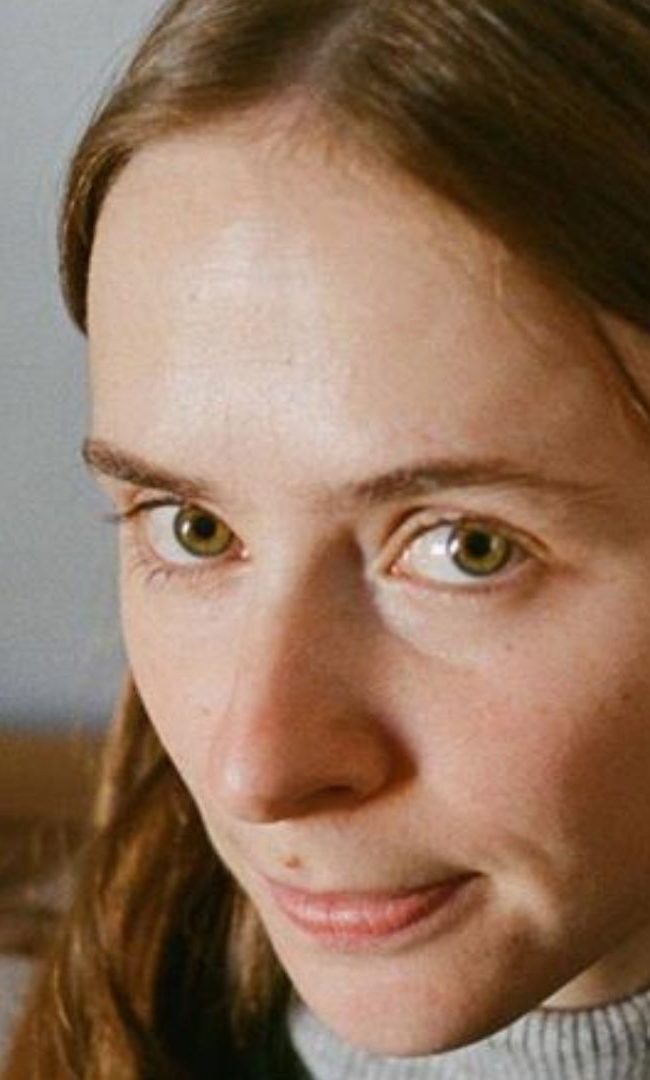A Conversation with Laurynas Bareiša (DROWNING DRY)
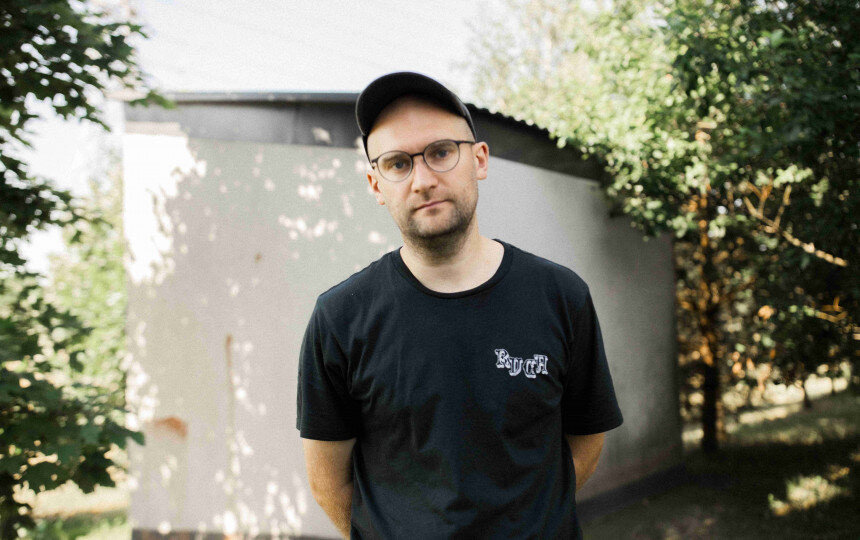
Memory flows like water – delicate and elusive. Sometimes disrupted by a person stepping into it, or by a sudden change in its calmness, like a rock thrown in, causing ripples that affect its established course. It has the power to suffocate and inundate, but also to bring things to the surface. In Drowning Dry, Lithuanian director Laurynas Bareiša investigates both of these elements’ qualities and their ties to trauma.Viewers follow two families, united by a pair of sisters, vacationing together at the sisters’ lake house. The film meanders with a tense laziness that builds toward, but also subverts, an unexpected tragedy, leaving a ripple effect of loss and dysfunction in its wake. Like his previous films, Bareiša investigates the effect trauma has on memory and perspective, drawing the viewer into the characters’ discomfort with and distrust of their own recollections. The film draws on personal experience – both emotional and intuitive – to infuse the storytelling and performances with a deep sense of authenticity.
Drowning Dry premiered at the 2024 Locarno Film Festival, where it received the award for Best Director. The film will hold its theatrical premiere at the IFC Center in New York City on July 18, with screenings in Los Angeles, Chicago, Nantucket, and Canada to follow.
Hammer to Nail: This film is so complex: confusing, satisfying, and tragic all at the same time. Could you talk a bit about how the idea for this film came about?
Laurynas Bareiša: This film is very much connected to my previous film, Pilgrims, because just before going to its premiere, I had a kind of similar, almost tragic experience with my kid. At the time, I didn’t think it was meaningful, but it kept coming back to me and I kept thinking about it. It was very puzzling for me to deal with because it wasn’t tragic, but it could have been. I kept thinking about it, and it kind of connected to what was happening with the film [Pilgrims], so I just started writing this film, not even knowing if it was going to be a film, but just a story.
HtN: How did you go about writing this script? The film flips back and forth between a number of different timelines, revealing hints of information about the past and future. Did you start writing this linearly then split it up or was it always nonlinear?
L.B.: In the beginning, it was very much a straight narrative storyline about this family and how they all deal with this event that happens. So I started writing this linear narrative and then it kind of transformed into this nonlinear narrative because I was interested in how memory works – for this event, but also how it works in general over time; how it differs, how it changes. I was very much interested in how we remember these kinds of traumatic events and the nuances of life that happen around it – the prosaic moments that become important, the ordinary things that you keep remembering over and over.
The most difficult part for me was finding the moment of that first jump in the narrative. I decided that it was going to be in the moment where this trauma happens. For me, time splits in two different ways. It splits structurally as you have different timelines of a memory, but it also splits emotionally as you have a factual reality of what actually happened and an emotional reality of what was felt. So this was something I wanted to get through to the viewer, that there are different timelines and realities.
HtN: I, too, am extremely interested in the characteristics of memory – how it can essentially be manufactured, how it’s like a puzzle that takes shape over time, but can also be confused with the expanse of time. Clearly the nonlinear timeline mimics this fragmented nature, but what other filmmaking elements did you employ to imbue the sensation of memory and recollection?
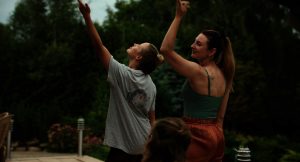
A still from DROWNING DRY
L.B.: For me, it was important to consider the perspective we approach each scene with and from where we see what is happening. In this film, I wanted the frame to translate to the viewer that you are not exactly in the moment. I wanted the film, visually, to have some kind of an uncanny element. The camera is not in the position where a person would ordinarily be – it’s a bit behind their backs, or further away. Like it’s something that’s already remembered.
This feeling was important to me, but was something that was hard to describe and put into words, especially on set. So I decided to shoot the film myself, to the DP and camera operator. I could work more intuitively.
HtN: In addition to this uncanniness, there’s also a voyeuristic quality to the film, specifically in the long, static, medium shots so frequently used throughout the film. When filming, how did you decide how much time was enough to linger on a scene?
L.B.: I tried to plan some of the shots, considering the length compared to the impact of the shot, and the position of the scene in the story; the length and the emotional impact should correlate. I started doing this in my first film and, for that, I actually even had a stopwatch on set. But then for this film, I wanted to make some of these decisions more instinctively, so I decided to just feel it on the spot. If I feel in the moment it starts to drag, I change it. So we just kind of tried to find the rhythm on the spot and feel how it worked. But because this was so subjective, I wanted to have someone, an editor, to check it afterwards, to make sure I wasn’t going off the rails.
HtN: Now, having worked with both formula and intuition, which do you prefer?
L.B.: If I have the chance to make more films, I think I will be more inclined to go the way of intuition. But I always want to balance structure with intuition, because I think if you start doing everything with intuition, the rest of the crew is lost.
HtN: You mentioned one of the influences of the film was an event that happened in your own life. What elements of yourself or your life did you translate into the film?
L.B.: I split myself into these four characters. To write the characters, I started out with this kind of “square” framework, with each different character on each different side. And they were all different sides of how I dealt with that moment and coped after. The one that was the most difficult and was closest to me was the older sister [Justè, played by Agnė Kaktaitė]. She’s the person who, even in the beginning of the story, is already consumed by these negative thoughts.
HtN: Which character did you write first?
L.B.: I started with the character of the fighter [Lukas, played by Paulius Markevicius]. He is very physical and present in his body, but somehow detached in his emotional life. And that’s, I think, why he acts quickly in that tense moment. From my experience, when these kinds of events happen, whether it’s a car crash or someone falls, the first person who goes in straight ahead is the one with the least emotional intelligence.
And then as a counter balance for him, I thought of the other husband [Tomas, played by Giedrius Kiela] and then the sisters [second sister, Ernesta, played by Gelmine Glemzaite], who are the emotional core of the film, because it’s their bond that gets them through this.
HtN: Did you bring your actors into this process of crafting the characters as well?
L.B.: Yeah, we all tried to adapt the characters to who the actors are as human beings, because they all have very different backgrounds and were in different stages of how they approached their characters.
I had individual meetings with each actor on how they’d like to work, then we had them all together to work on the relationships of the characters. I knew I wanted to improvise with them a lot, so we spent this time working on how things like how they came together as a family unit, who was the first husband of the family, what were the family dynamic, when and how were the children born, how were their marriages going, what their financial situations were. Everything, everything. These were things we wouldn’t use in the film, but would use for building up memory and building up connections; something they could have as a tool on set.
HtN: What about the child characters?
L.B.: I had a different approach with the kids. I read about the psychology of kids and structured their scenes instead of improvising. Every scene they are in, we rehearsed it and made sure they always felt safe and knew what to do.
HtN: In the beginning of our conversation, you mentioned how Drowning Dry came from your last film, Pilgrims. Both films feature a family on a vacation, with a tragedy occurring, and information is slowly revealing itself, highlighting the limits of memory amidst trauma. What is next in your exploration of this theme?
L.B.: Now I have a three-month-old daughter, so I’m kind of on dad leave. But I have started working on a new film and I have a pre-production budget. It’s kind of the end of this trilogy because it’s about a family, but it’s more connected to what’s happening now in my region, the paranoia and the fear of there being no future, and the feeling of sitting on a time bomb.
Read Chris Reed’s movie review of Drowning Dry here.
– Kaitlyn Hardy

